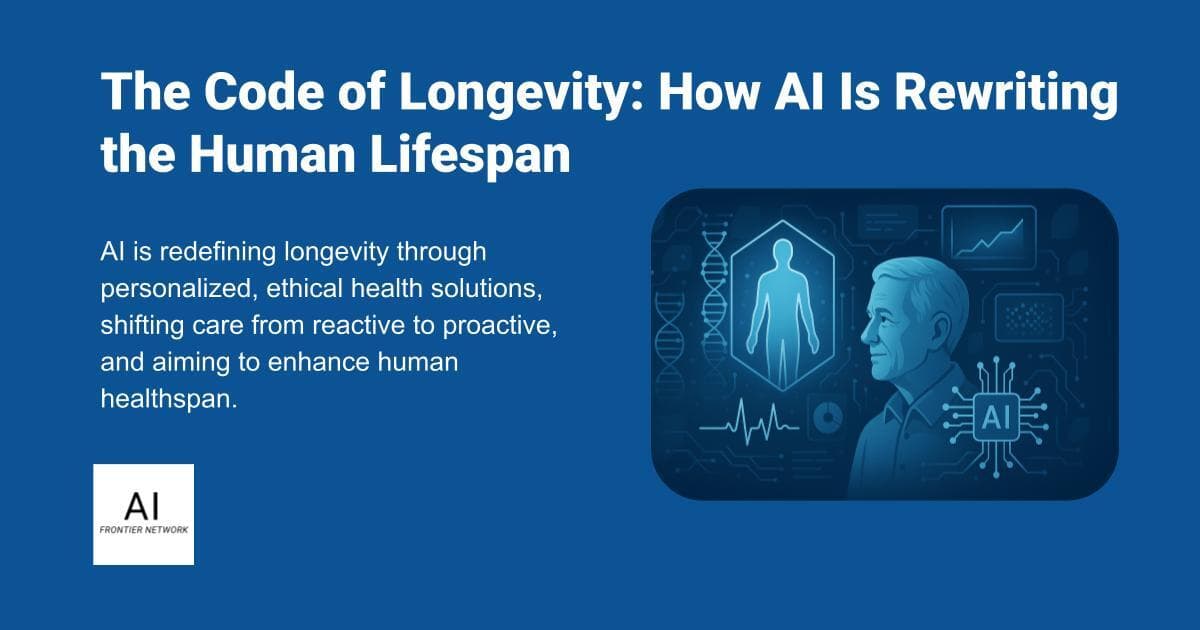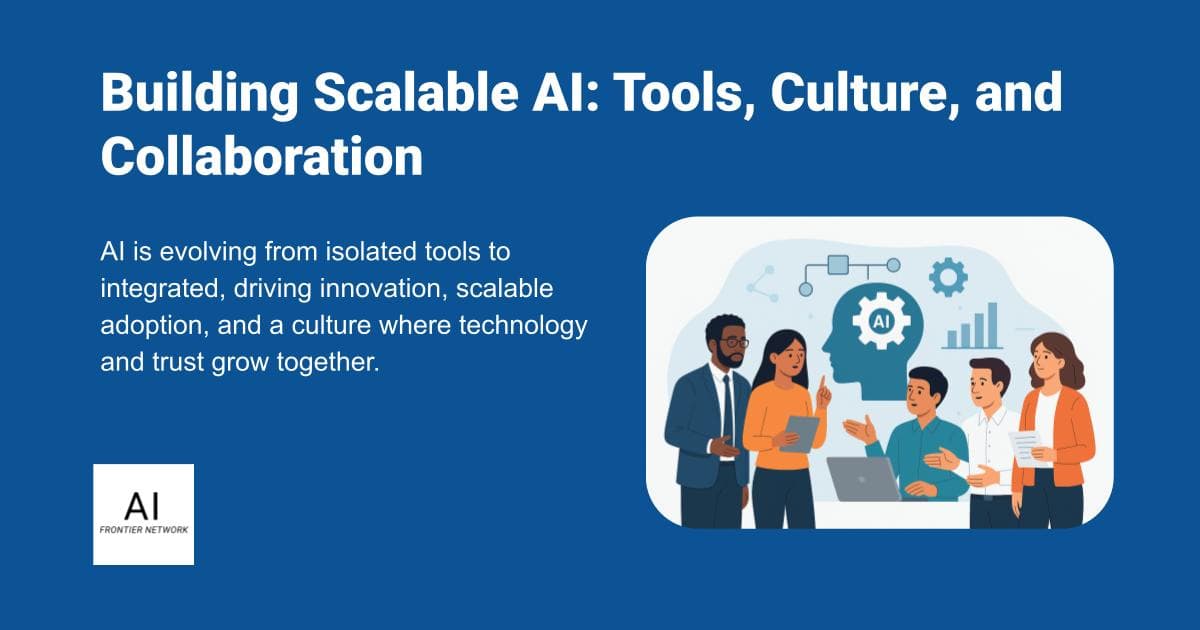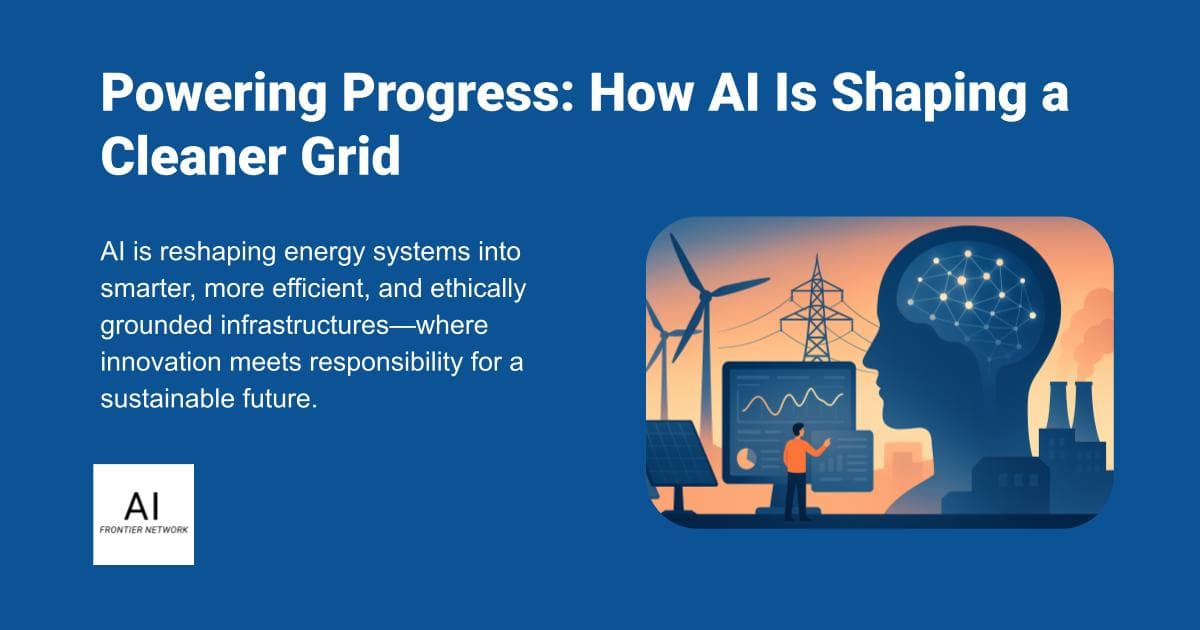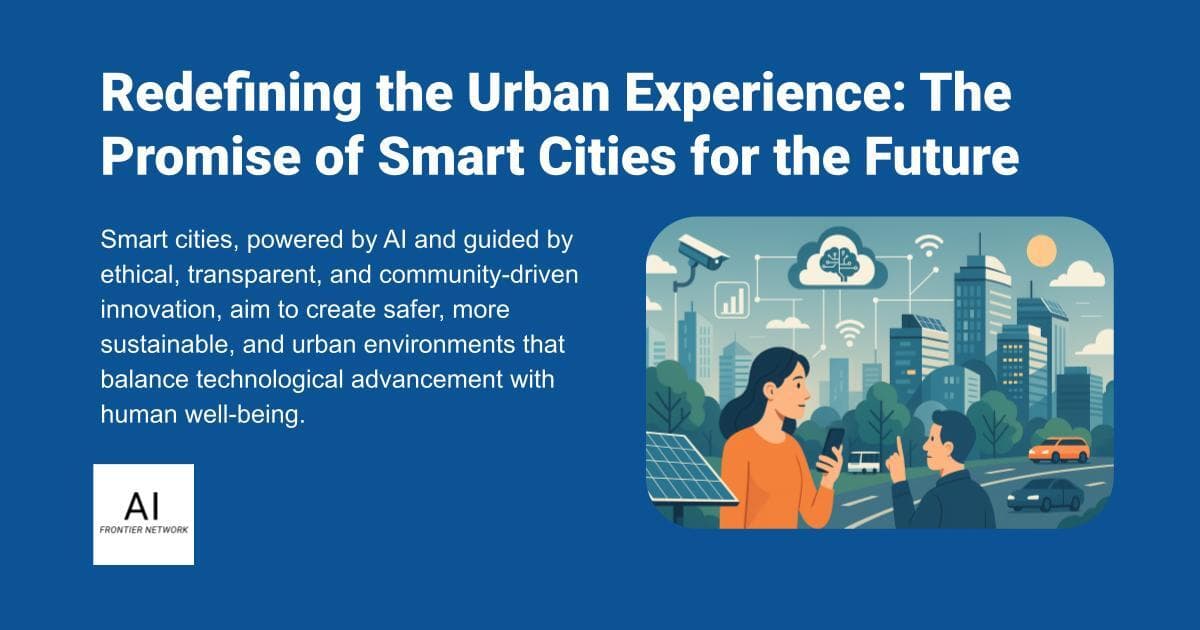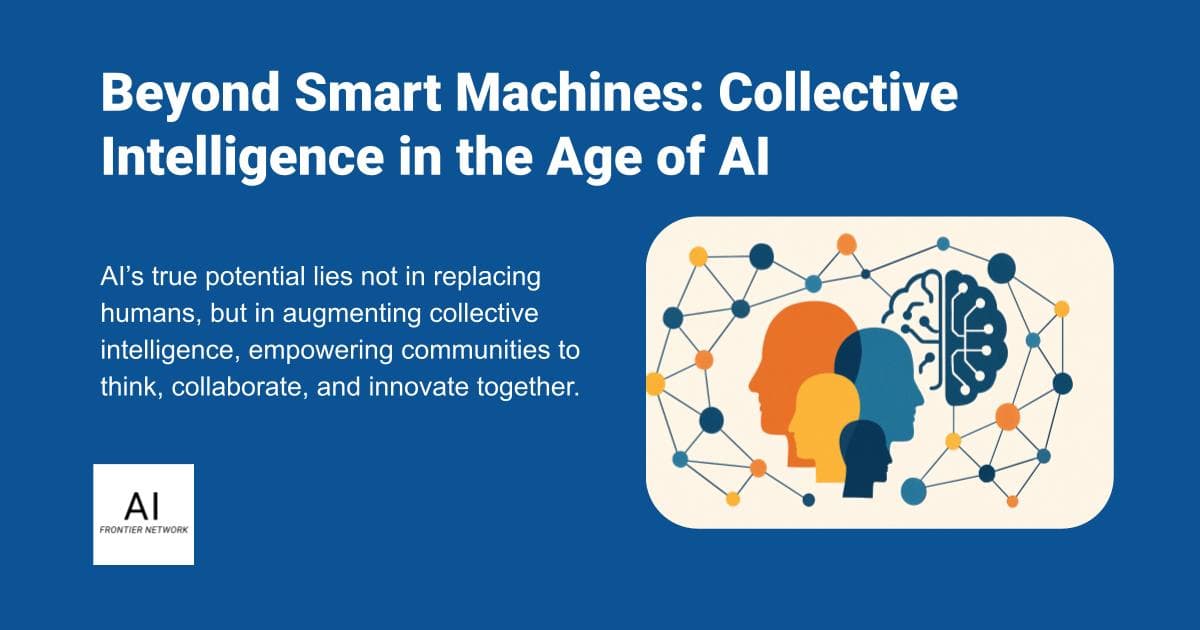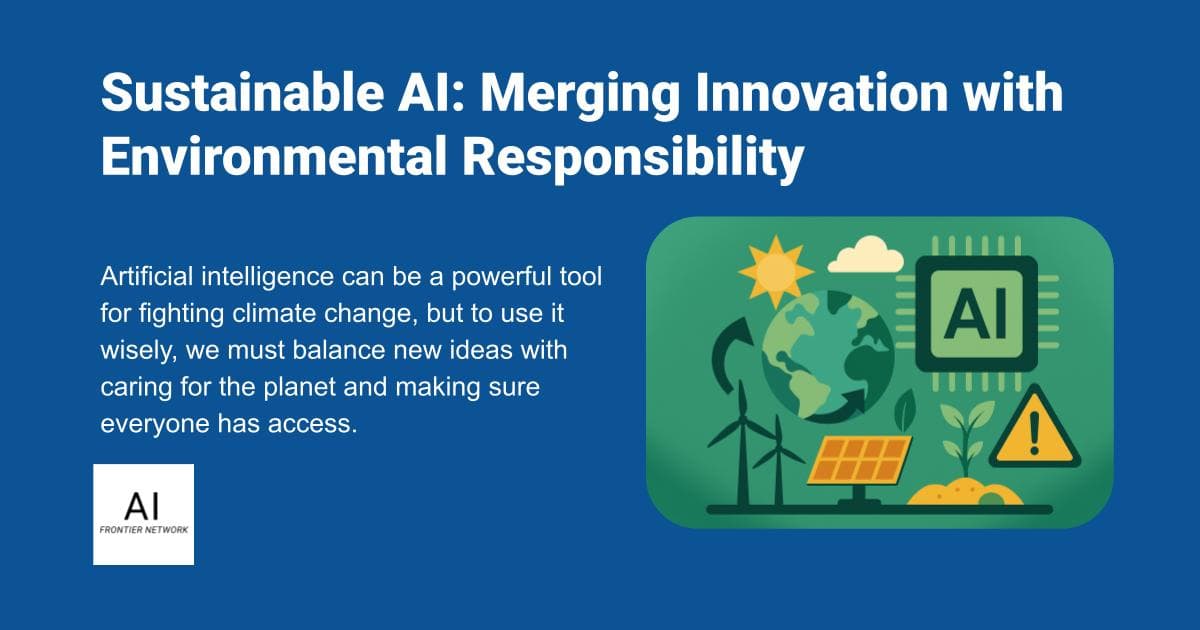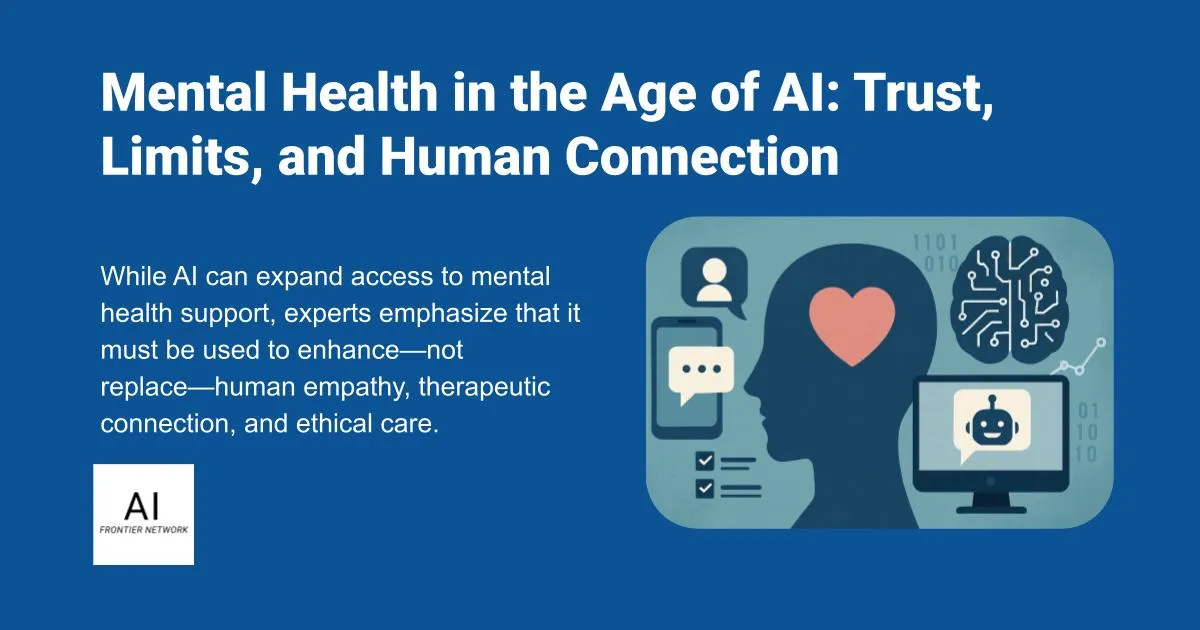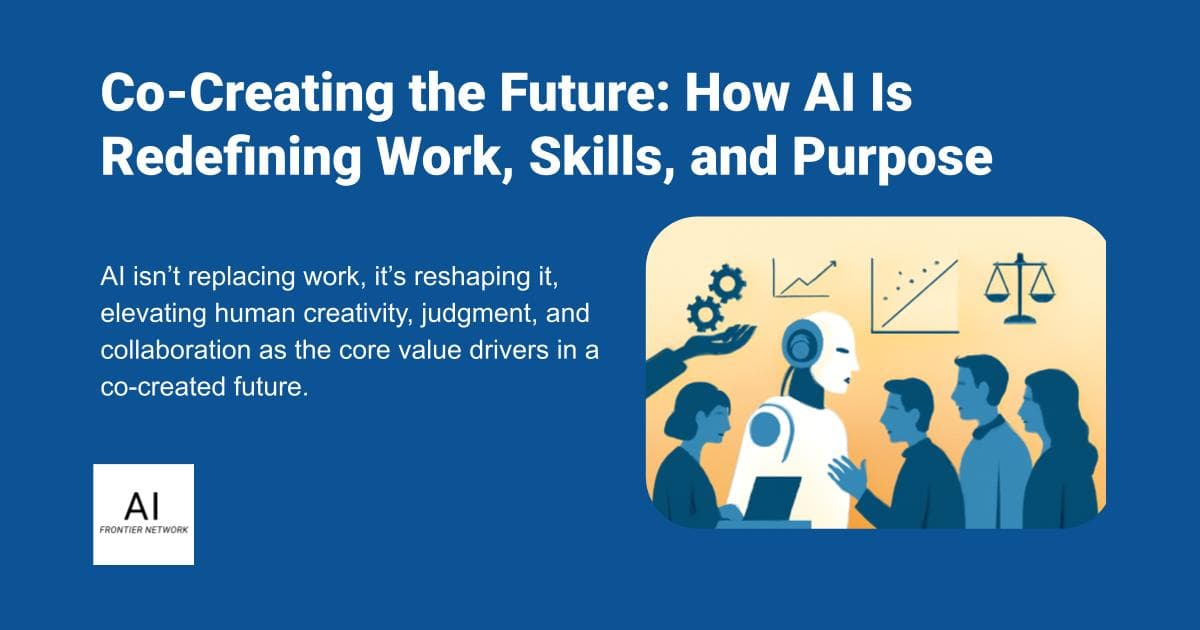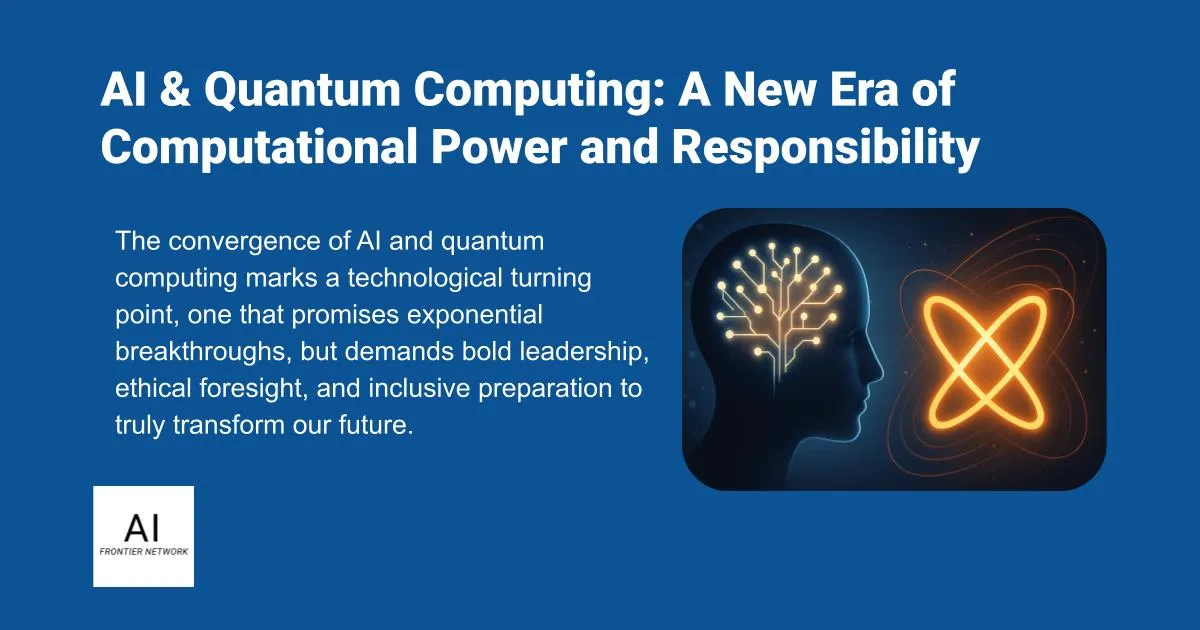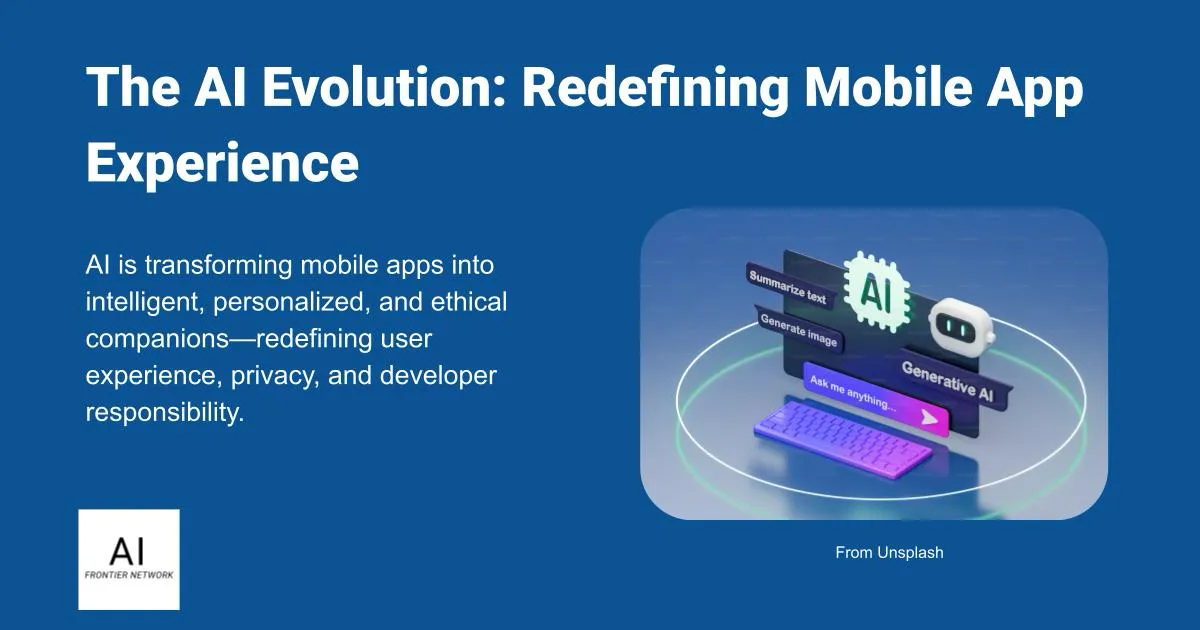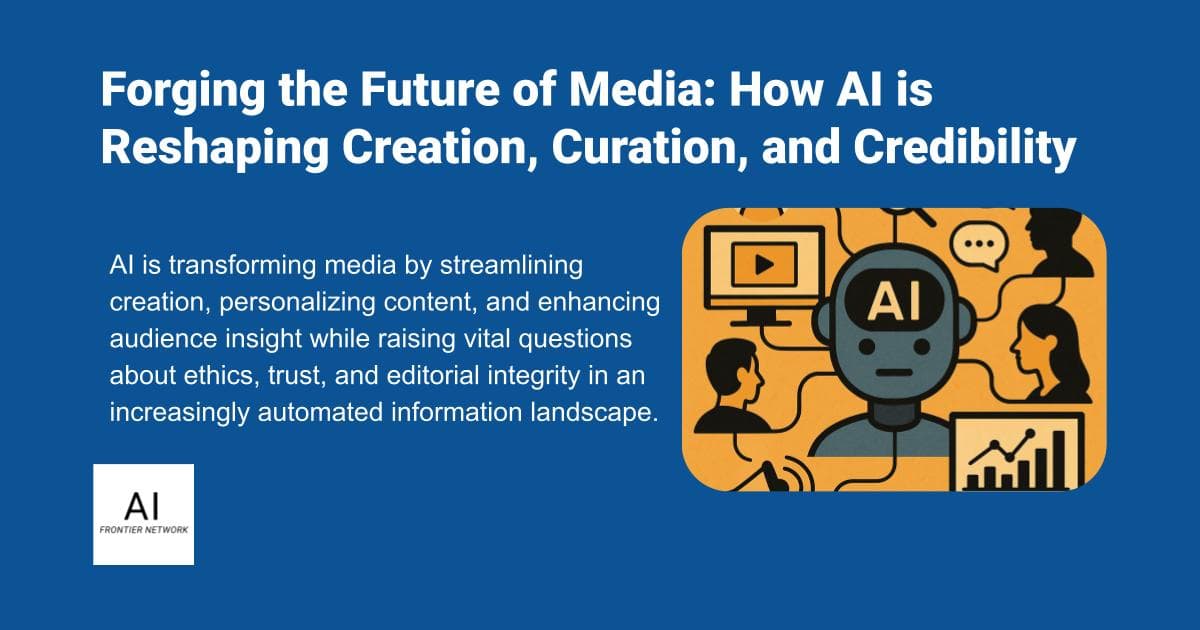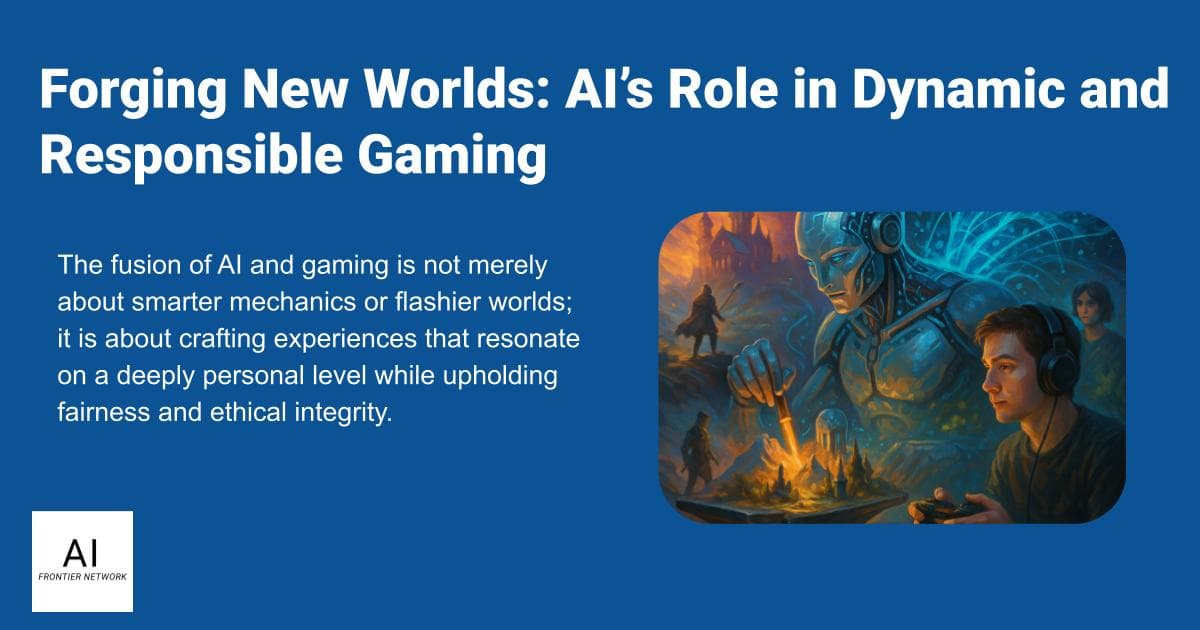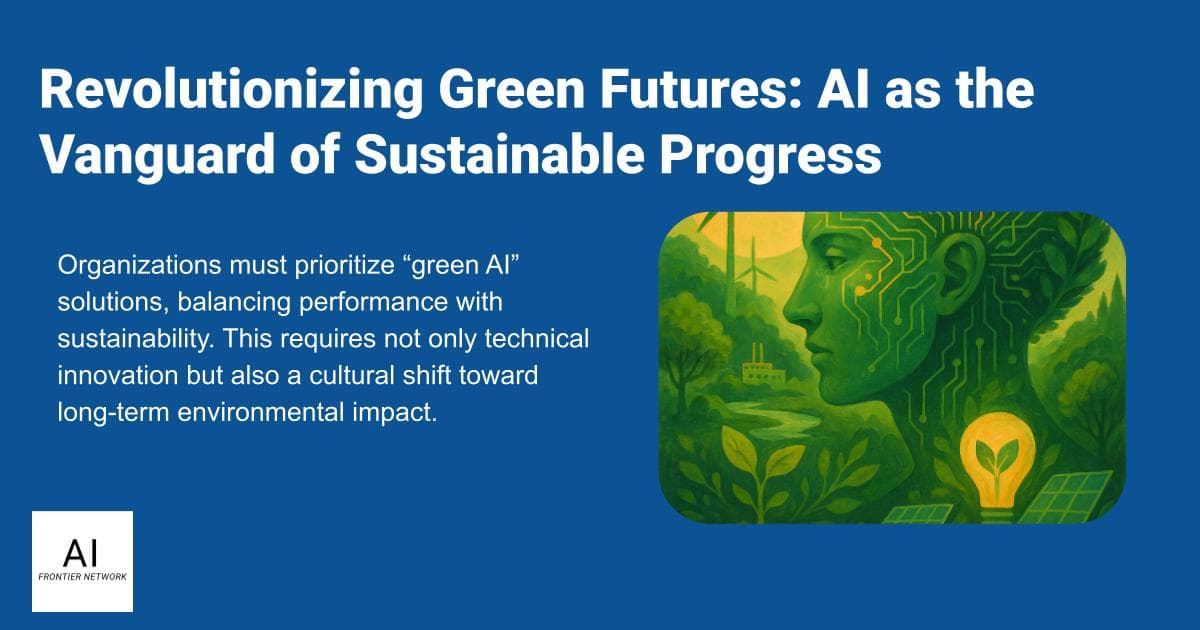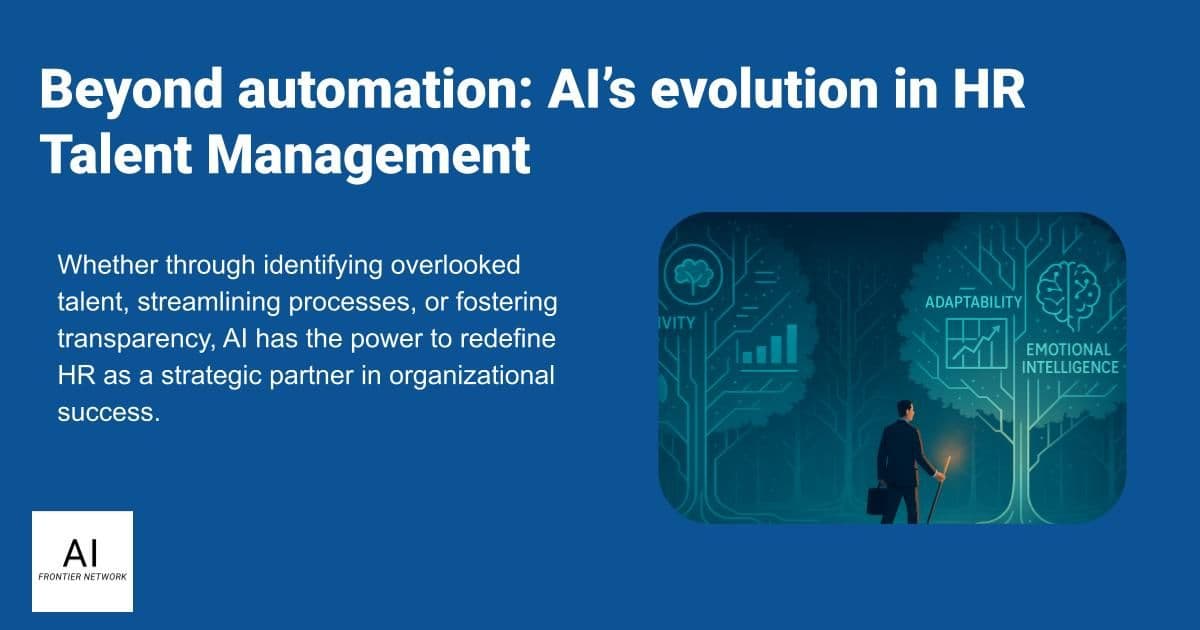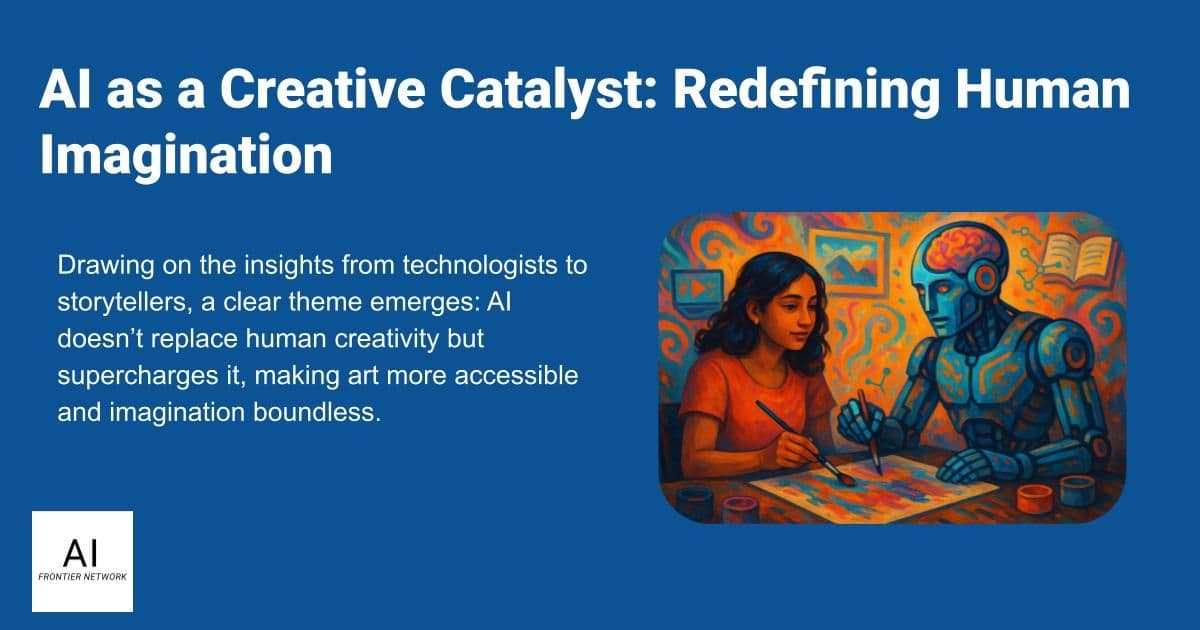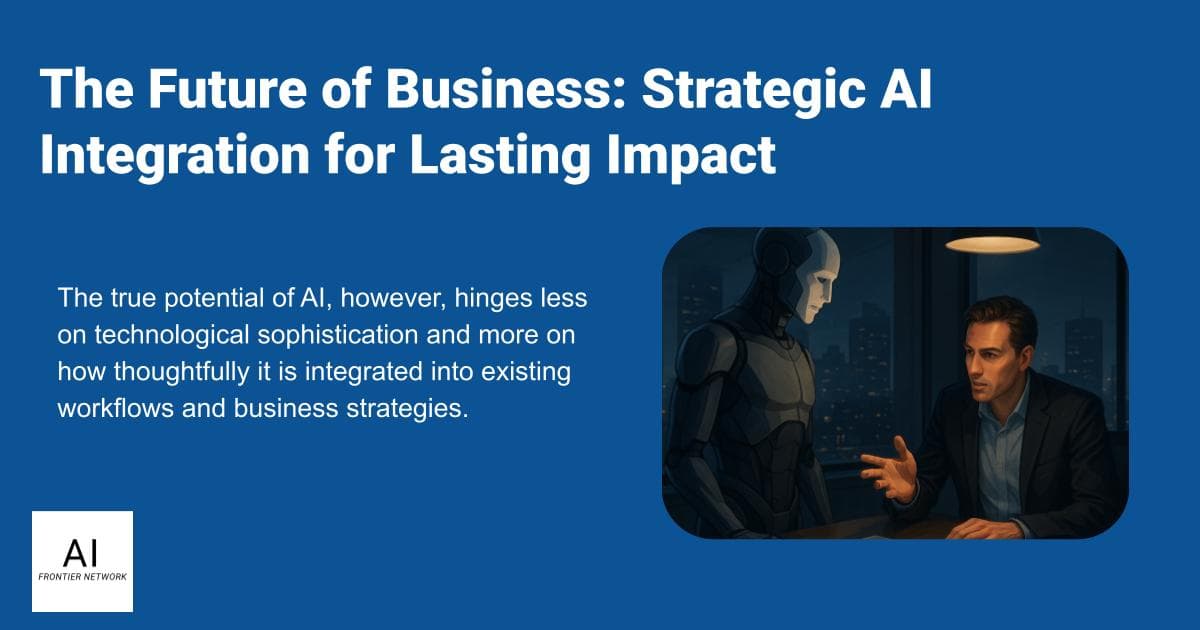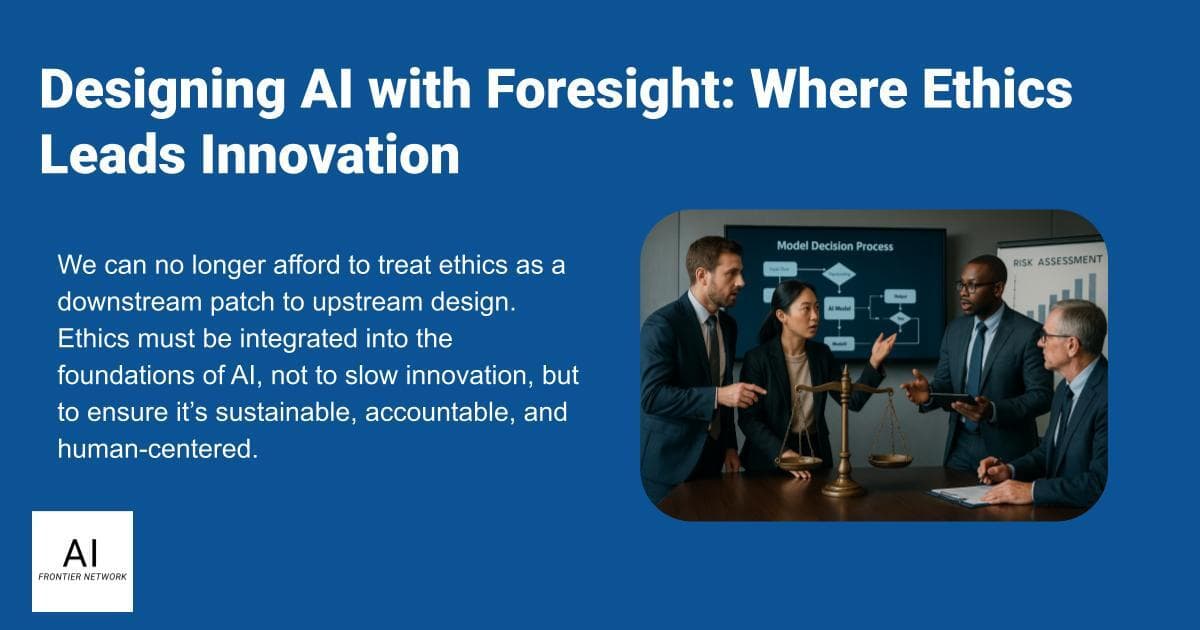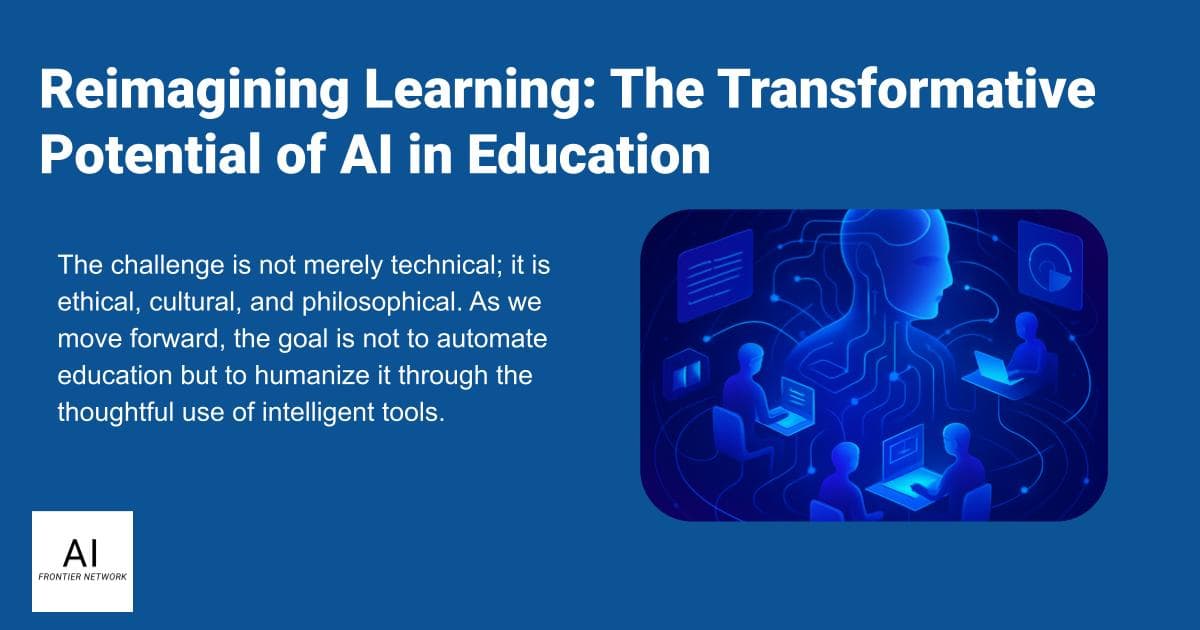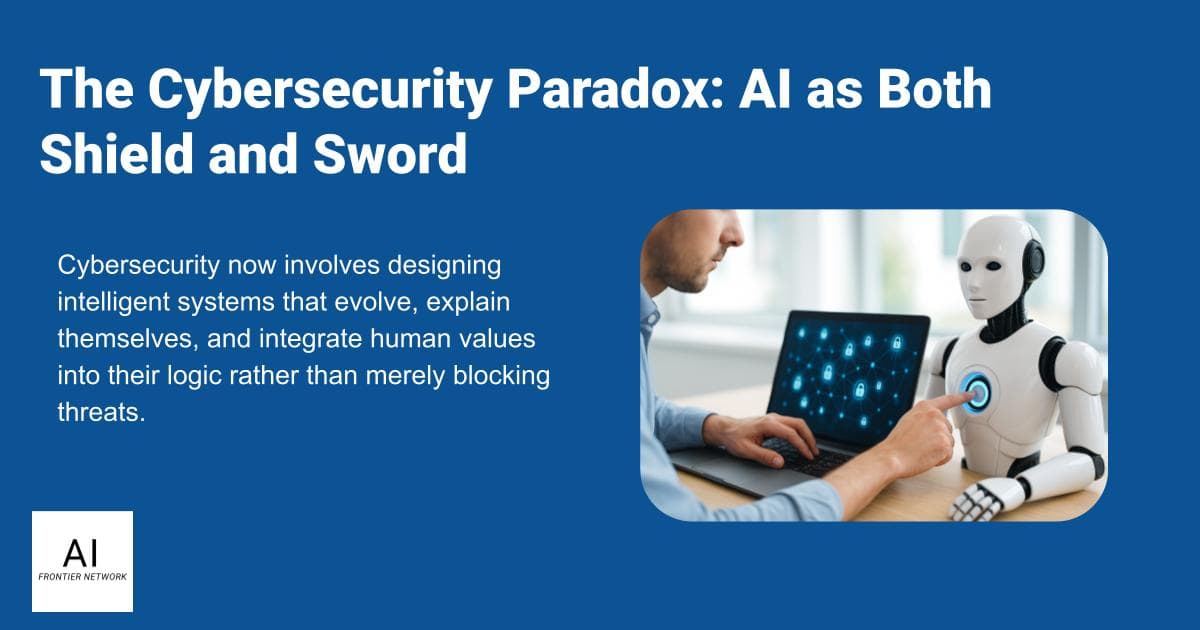
Articles and Press Releases
The Real AI Transformation: From Automation to Augmentation
It’s 3 a.m. Somewhere in the network, a strange spike in traffic triggers an alert. The AI flags it immediately.
But Hemant Soni
Personalization vs. Privacy: Finding the Balance in AI Advertising
“Give people control over what they want to see. Put the decision-making power back in their hands—where it belongs.”
—Esperanza Arel...
The Intelligence Shift: How AGI Will Transform Society Forever
It begins not with code, but with a question:
If machines match or surpass human intelligence, what do we owe them?
Are they tools? Colla...
The New Digital Reality: Deepfakes, AI, and the Battle for Trust
It starts with a video.
A politician making claims they never said.
A celebrity endorsing a product they’ve never used.
A friend is sendin...
Vibe Coding: When AI Starts to Feel Human
In the hush of an operating room, a surgeon leans into the rhythm of a life-saving procedure. Overhead, machines hum. A digital assistant
The Code of Longevity: How AI Is Rewriting the Human Lifespan
The moment isn’t in a hospital. It’s on a server rack.
A line of code pings data from a smartwatch, a glucose monitor, and a genetic profile...
The Time Revolution: AI, Workflows, and Human Energy
It starts not with code, but with a quiet, collective desire, more time. Time to think. To breathe. To live beyond the grind of back-to-back meet...
AI Agents and the Elastic Workforce: Redefining Work for the Next Decade
In a quiet operations center, a system alert flashes red. Not long ago, this would have triggered a sleepless night for IT managers, calls, escalat...
AI Avatars: Promise, Power, and the Price of Trust
The woman on the screen leans in, her voice warm and steady. She explains the next step in your insurance claim, asks if you have any questions, an...
Building Scalable AI: Tools, Culture, and Collaboration
As AI adoption accelerates across industries, the conversation has moved far beyond performance metrics like speed and accuracy. Leaders and practi...
Powering Progress: How AI Is Shaping a Cleaner Grid
Artificial Intelligence AI is emerging as a transformative force in the global energy sector, enabling unprecedented efficiency, adaptability, an...
Redefining the Urban Experience: The Promise of Smart Cities for the Future
The concept of smart cities is no longer a far-off idea but a rapidly emerging reality. These cities use advanced technologies, like artificial int...
Beyond Smart Machines: Collective Intelligence in the Age of AI
As artificial intelligence becomes more embedded in our work, learning, and collaboration, the question isn’t just what AI can do, but how it can...
Sustainable AI: Merging Innovation with Environmental Responsibility
As the global climate emergency intensifies, the urgency to adopt transformative solutions has never been greater. Among the emerging technologies ...
Mental Health in the Age of AI: Trust, Limits, and Human Connection
As artificial intelligence weaves itself into every corner of modern life, mental health stands as one of its most promising, and precarious fronti...
Co-Creating the Future: How AI Is Redefining Work, Skills, and Purpose
Artificial Intelligence is no longer just a backend automation tool; it’s becoming a collaborator, a strategist, and a catalyst for redefining the ...
AI & Quantum Computing: A New Era of Computational Power and Responsibility
The convergence of artificial intelligence and quantum computing represents a seismic shift in how we solve problems, model the world, and build fu...
AI Frontier Network (AIFN) Bylaws
Article I: Name and Purpose
Section 1.1: Name
The organization shall be known as AI Frontier Network AIFN.
Section 1.2: Mission...
The AI Evolution: Redefining Mobile App Experience
AI is no longer just powering mobile apps, it’s becoming their core operating system. From personalized fitness recommendations to anticipatory UI ...
The AI Shift: New Rules of Work for Every Industry
AI is no longer a future disruptor; it’s a present force reshaping workflows, decision-making, and even the nature of professional responsibility a...
AI Governance in Real Time: Why Trust Can’t Wait
AI is advancing at breakneck speed, but trust, accountability, and oversight still lag behind. As artificial intelligence systems are increasingly ...
Forging the Future of Media: How AI is Reshaping Creation, Curation, and Credibility
From newsroom algorithms to personalized entertainment streams, AI is rapidly transforming how media is made, distributed, and consumed. It’s not j...
Forging New Worlds: AI’s Role in Dynamic and Responsible Gaming
The integration of artificial intelligence into gaming is reshaping the industry
Revolutionizing Green Futures: AI as the Vanguard of Sustainable Progress
The integration of artificial intelligence AI into sustainability efforts
Beyond Automation: AI’s Evolution in HR Talent Management
The integration of artificial intelligence into human resources is reshaping the workplace
AI as a Creative Catalyst: Redefining Human Imagination
In 2025, artificial intelligence is no longer just a tool for crunching numbers or automating tasks; it’s a dynamic partner in the creative process...
The New Industrial Edge: AI-Driven Manufacturing
Artificial Intelligence AI has evolved from being a futuristic concept to an essential component driving operational excellence in manufacturing....
The Future of Business: Strategic AI Integration for Lasting Impact
Artificial Intelligence AI is increasingly recognized not merely as a technical asset but as a strategic partner capable of driving profound tran...
Designing AI with Foresight: Where Ethics Leads Innovation
Artificial intelligence is transforming how decisions are made in everything from credit approvals to healthcare diagnostics. Yet as AI systems bec...
Reimagining Learning: The Transformative Potential of AI in Education
In every era of technological transformation, education has stood both as a site of disruption and a symbol of adaptation. Much like the dawn of th...
The Cybersecurity Paradox: AI as Both Shield and Sword
We used to think of cybersecurity as a digital lock on the door—an IT problem to be solved with software updates and strong passwords. But today, t...
Leading with Intention: The Evolution of Engineering Leadership in an AI World
Artificial Intelligence is no longer just a tool tucked away in an engineer’s toolbox—it’s becoming a co-creator, a strategic advisor, and even a c...
Transforming Healthcare with AI: Opportunities, Ethics, and the Road Ahead
Artificial Intelligence AI stands at the forefront of a significant transformation in healthcare, reshaping pharmaceutical innovation, disease pr...
AI Reshaping Fintech: From Hyper-Personalization to Responsible Growth
Artificial intelligence is no longer limited to automating repetitive tasks in finance. It has become a transformative force that redefines risk ma...
The Impact of AI Agents on Business Operations
As artificial intelligence rapidly advances, businesses increasingly turn to AI agents as crucial tools to drive innovation, efficiency, and compet...
AI Frontier Network (AIFN) Embarks on Uniting Leaders to Pioneer the AI Era
San Francisco, 4 March 2024 – AI Frontier Network AIFN, a pioneering alliance of forward-thinking individuals and leaders across various sectors,...






